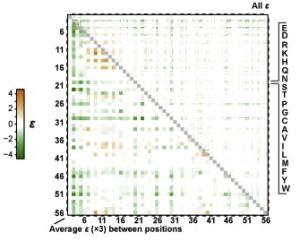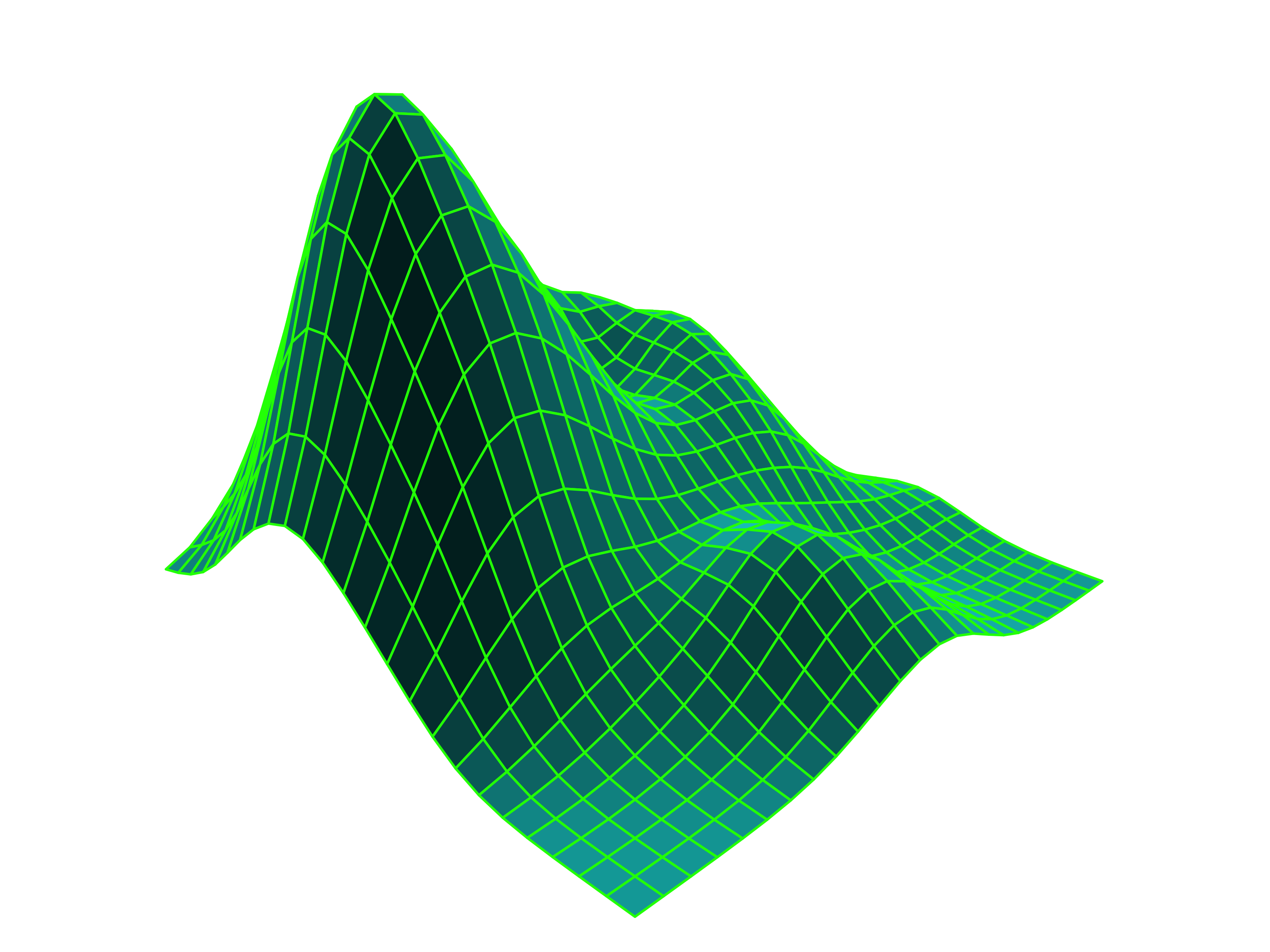Protein evolution
Natural evolution is an important process for a population of organisms to adapt to a new environment. Adaptive evolution has tremendous biomedical implications, such as the emergence of drug-resistance bacteria and vaccine-escape viruses. Genetic mutation provides the basis of adaptive evolution. By accumulating beneficial mutations, a population of organisms can gradually adapt to a new environment. However, beneficial mutations are rare and most mutations are deleterious. In other words, adaptive evolution appears to be highly constrained. Consequently, to comprehend the underlying mechanism of adaptive evolution, it is necessary to investigate the constraining factors.Impact of epistasis
 Nonadditivity in fitness effects from two or more mutations, termed epistasis, can result in compensation of deleterious mutations or negation of beneficial mutations. Epistasis is considered as a major constraining factor on evolution. I have involved in an investigation of the effects of all single mutations and double mutations between all positions in the IgG-binding domain of protein G (GB1). The extent and magnitude of all pairwise pairwise epistatic interactions throughout the entire protein domain are characterized. Our results illustrate common biophysical mechanisms for occurrences of positive and negative epistasis. Furthermore, we show that the distribution of conditionally beneficial mutations throughout the domain demonstrates that the functional portion of sequence space can be significantly expanded by epistasis.
Nonadditivity in fitness effects from two or more mutations, termed epistasis, can result in compensation of deleterious mutations or negation of beneficial mutations. Epistasis is considered as a major constraining factor on evolution. I have involved in an investigation of the effects of all single mutations and double mutations between all positions in the IgG-binding domain of protein G (GB1). The extent and magnitude of all pairwise pairwise epistatic interactions throughout the entire protein domain are characterized. Our results illustrate common biophysical mechanisms for occurrences of positive and negative epistasis. Furthermore, we show that the distribution of conditionally beneficial mutations throughout the domain demonstrates that the functional portion of sequence space can be significantly expanded by epistasis.References: Olson et al. 2014, Wu et al. 2016a
High-dimensional fitness landscape
 The entire sequence space for a protein with a length L is 20L (20 possible amino acids at each site). Consequently, adaptive evolution operates in a high-dimensional space. To study how dimensionality influences adaptive evolution, I have quantifies the functional fitness of all variants within a 4-site sequence space of a highly epistatic region in protein GB1 (204 = 160,000 variants). The result shows that high dimensionality of the sequence space allows adaptive evolution to circumvent constraints imposed by epistasis.
The entire sequence space for a protein with a length L is 20L (20 possible amino acids at each site). Consequently, adaptive evolution operates in a high-dimensional space. To study how dimensionality influences adaptive evolution, I have quantifies the functional fitness of all variants within a 4-site sequence space of a highly epistatic region in protein GB1 (204 = 160,000 variants). The result shows that high dimensionality of the sequence space allows adaptive evolution to circumvent constraints imposed by epistasis.Reference: Wu et al. 2016b